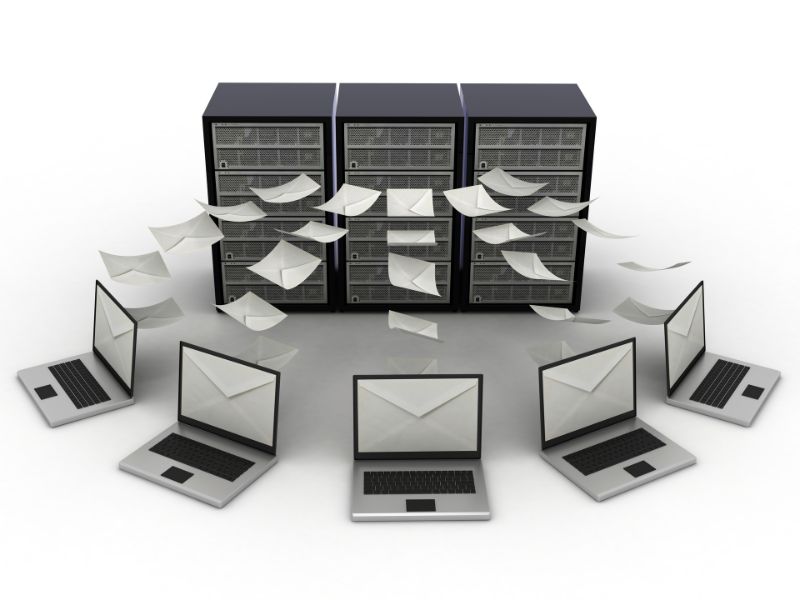Having a reliable mail server is essential for any business. Without it, your employees won’t be able to communicate with customers, partners, and each other. It also serves as a platform for important business-related documents, like contracts and invoices.
Setting up a mail server doesn’t have to be a daunting task. This guide will walk you through the process of getting your mail server up and running quickly and efficiently.

Choosing Your Mail Server
The first step in setting up your mail server is choosing the right platform. There are a variety of mail server options available, but the two most popular are Microsoft Exchange and Linux Postfix. Exchange is more expensive, but it’s also more reliable and has a better user interface. For most businesses, Exchange is the best choice.
If you’re on a budget, Postfix is a good alternative. It’s free and open-source, and it’s relatively easy to configure. However, it doesn’t have the same level of reliability or user interface as Exchange.
Configuring Your Mail Server
Once you’ve chosen a mail server, you’ll need to configure it. This involves setting up user accounts, setting up mail routing rules, and configuring the server to use your domain name. You’ll also need to set up encryption protocols to protect the data that passes through your server.
Many mail server solutions come with a GUI (graphic user interface) that makes the process easier. If your server doesn’t have a GUI, you can use the command line to set it up. It’s not as user-friendly, but it’s a more secure option.
Setting Up Domain Name System (DNS)
Before you can start sending and receiving emails, you need to set up a domain name system (DNS). This is a system that translates your domain name (e.g. example.com) into an IP address (e.g. 192.168.0.1). You’ll need to set up your DNS records on your domain registrar’s website. Once you’ve done that, you’ll be able to send and receive emails from your domain.
Testing Your Mail Server
Once you’ve set up your mail server, it’s important to test it to make sure it’s working properly. You can do this by sending a test email from your server to a known email address. If you receive the email, you know that your server is working correctly.
If you don’t receive the email, you need to troubleshoot the issue. Securing Your Mail Server The next step is to secure your mail server. This involves setting up firewalls, filtering incoming and outgoing emails, and setting up antivirus and anti-spam software.
You should also consider setting up two-factor authentication for your users, which will make it more difficult for hackers to gain access to your server.
Managing Your Mail Server
Once your vps mail server is up and running, you’ll need to manage it. This involves monitoring user activity, running regular maintenance tasks, and keeping the software up-to-date. You should also consider setting up a backup system to protect your server from data loss.
Setting up your mail server doesn’t have to be a complicated process. With the right planning and preparation, you can get your mail server up and running quickly and efficiently. This guide should help you get started on the right foot.
